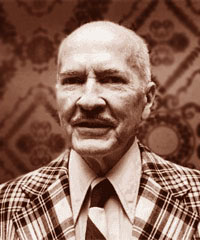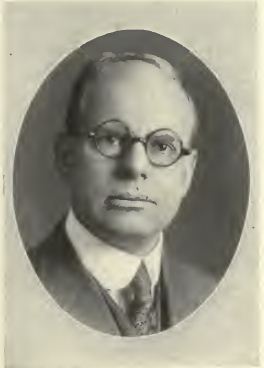Power in His Wings, the Tallit
In today's Christian landscape, there is a growing movement that seeks to rediscover the rich heritage of our faith by delving deep into its origins.  This powerful revival is placing a renewed emphasis on the profound truths found within the original languages of Hebrew and Greek. It is during this time of revival that long-standing barriers are being dismantled and damaging doctrines of replacement theology are being debunked.
This powerful revival is placing a renewed emphasis on the profound truths found within the original languages of Hebrew and Greek. It is during this time of revival that long-standing barriers are being dismantled and damaging doctrines of replacement theology are being debunked.
One particular aspect that has been overlooked and even pushed aside within Christianity is the significance of the prayer shawl, also known as the tallit. Traditionally, the tallit has played an important role in Jewish worship, symbolizing the commandments of God and serving as a tangible reminder of His presence. However, throughout history, Christianity has gradually moved away from incorporating the prayer shawl into the lives of believers.
Instead, a new emphasis has been placed on the concept of the prayer closet, which is derived from Jesus' teachings on prayer in Matthew 6:6. The prayer closet represents a personal and intimate space where believers can seek God in solitude. While the prayer closet has its value and importance in fostering a deep connection with God, it should not overshadow or replace the significance of the prayer shawl, which was the original wording Jesus used.
One powerful example that highlights the importance of the prayer shawl can be found in the story of the woman with the issue of blood. In Mark 5:25-34, we read about her desperate act of faith as she reached out and touched the hem of Jesus' garment. Instantly, she was healed of her affliction. This miraculous encounter signifies the power and anointing that resides in the garment of Jesus, which includes the symbolism of the prayer shawl.
The revelation that emerges from this story is not only about the healing power of Jesus but also about the significance of our personal tabernacle. Just as the woman with the issue of blood found healing in touching the hem of Jesus' garment, we are invited to enter into a deeper understanding of our own personal tabernacle. It is within this sacred space that we can experience the presence and power of God in our lives.
Sadly, the emphasis on the prayer closet has overshadowed the understanding of our personal tabernacle. The prayer shawl serves as a powerful symbol of our connection with God and our identity as His chosen people. By embracing the significance of the prayer shawl, we reclaim the roots of our faith and reconnect with the rich Jewish customs and traditions that have been stripped away for too long.
It is time to challenge the false notion that Christianity has replaced the Jews as God's chosen people. As we delve deeper into the profound truths of God's Word, as Jesus Himself comprehended and taught it, we gain a more complete understanding of our faith. We recognize the importance of incorporating the prayer shawl, the prayer closet, and the revelation of our personal tabernacle into our spiritual journey.
 In conclusion, Dr. Jeffery Davidson, in his endorsement of this book, acknowledges Dr. Christiaan de Ruiter's deep understanding of the knowledge of God and his maturing relationship with the Holy Spirit. The author's dedication to writing this book is an outward display of the miraculous in his life, and Dr. Davidson encourages readers to take this book seriously, as it holds the potential to be a transformative and blessing-filled resource. As we rediscover the profound truths of our faith, may we embrace the significance of the prayer shawl and the revelation of our personal tabernacle, leading us to a deeper connection with God and a more authentic expression of our Christian faith.
In conclusion, Dr. Jeffery Davidson, in his endorsement of this book, acknowledges Dr. Christiaan de Ruiter's deep understanding of the knowledge of God and his maturing relationship with the Holy Spirit. The author's dedication to writing this book is an outward display of the miraculous in his life, and Dr. Davidson encourages readers to take this book seriously, as it holds the potential to be a transformative and blessing-filled resource. As we rediscover the profound truths of our faith, may we embrace the significance of the prayer shawl and the revelation of our personal tabernacle, leading us to a deeper connection with God and a more authentic expression of our Christian faith.
Read More in the New 2023 Revision of Power in His Wings.
Available from amazon in Paperback, Hardback, and on the Kindle.
Also in Dutch as Kracht in Zijn Vleugels.















